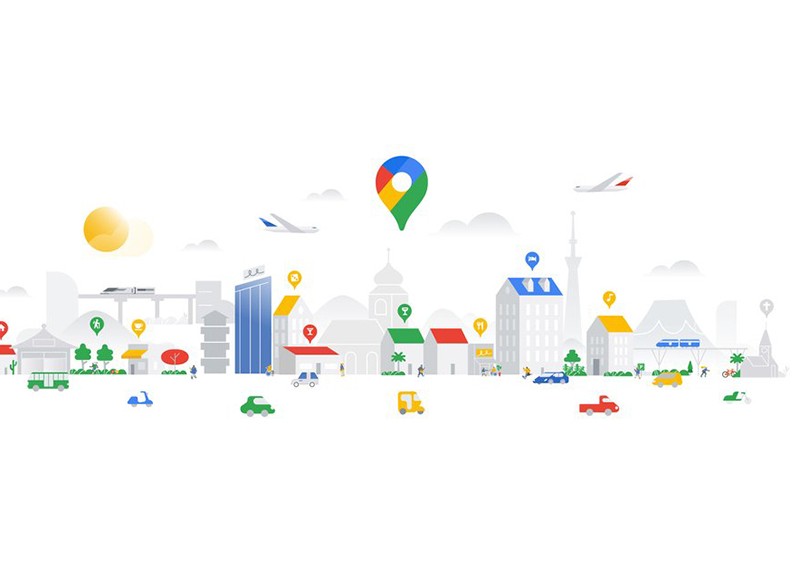Google Maps expands features to help users navigate better in a new normal

Google is adding and extending Google Maps features to help users make better navigating decisions - especially during a pandemic. Here are some new features to look forward to.

If you're an Android user with Location History enabled for Google Maps, you’d know that the app records your movements. It’s all tucked neatly away in the Timeline section of the app (tap on your Google Maps profile picture to see the setting).
Google is adding a new tab called Insights. It provides a monthly outlook on your travel behaviour, including your modes of transport (cycling, driving, walking, etc.) and time spent in commute. It also shows you how much time you’re spending in certain locations.
By itself, the feature is just a record of travel movements, but what Google offers is the ability to figure out where you’ve been to and for how long, if you’re concerned about incidental exposure. This is especially helpful if you can’t always recall where you were last month, or if your place of residence doesn’t offer contact tracing.

Previously available to Google Maps users on Android in the US, the option to leave detailed Google Reviews is now rolled out to iOS users, with other countries to follow suit.
Users who love leaving reviews can specify their experiences with local businesses they’ve visited. For example, if a Google Maps user reviews an F&B outlet, they can indicate if they dabao (ordered takeaway), had the food delivered, or dined in at the venue.
This way, users can better understand what they’re getting into, especially dining out restrictions at play.
Singapore was one of the first cities to get transit crowdedness predictions on Google Maps at launch . In a nutshell, the app helps you predict if the next train or bus you take will be packed like sardines. Now, Google is expanding this feature to over 10,000 transit companies in 100 countries.
Transit Crowdedness Predictions can be beneficial for people who need to carefully consider their commute options, especially if reducing exposure is a top priority. For example, they can choose to take a less crowded bus service that plies the same route, or switch to a different transport mode where needed. Who knows - you might even get seats!
ALSO READ: Google is starting to tell you how it found Search results
This article was first published in Hardware Zone.